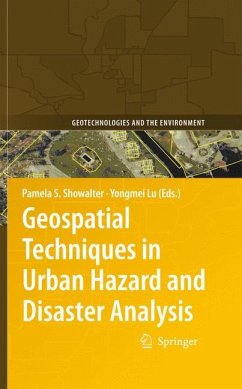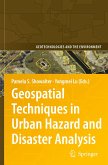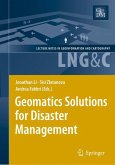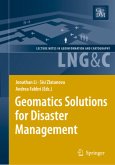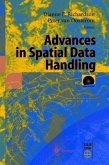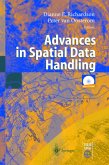This book is the second in a series that examines how geographic information te- nologies (GIT) are being implemented to improve our understanding of a variety of hazard and disaster situations. The main types of technologies covered under the umbrella of GIT, as used in this volume, are geographic information systems, remote sensing (not including ground-penetrating or underwater systems), and global po- tioning systems. Our focus is on urban areas, broadly de ned in order to encompass rapidly growing and densely populated areas that may not be considered "urban" in the conventional sense. The material presented here is also unabashedly applied - our goal is to provide GIT tools to those seeking more ef cient ways to respond to, recover from, mitigate, prevent, and/or model hazard and disaster events in urban settings. Therefore, this book was created not only with our colleagues in the academic world in mind, but also for hazards professionals and practitioners. We also believegraduate students will nd the material presented here of interest, as may upper division undergraduate students.
From the reviews:
"The primary focus of this volume is on the use of spatial technologies in urban hazard and disaster issues, concentrating on their use in four stages in the disaster management process: response, recovery, preparation, and mitigation. ... the editors of this volume have provided an extremely useful addition to the literature in this area and one which deserves to be read by researchers with wider research interests in all aspects of disaster analysis." (Gary Higgs, Environment and Planning B: Planning and Design, Vol. 38, 2011)
"The primary focus of this volume is on the use of spatial technologies in urban hazard and disaster issues, concentrating on their use in four stages in the disaster management process: response, recovery, preparation, and mitigation. ... the editors of this volume have provided an extremely useful addition to the literature in this area and one which deserves to be read by researchers with wider research interests in all aspects of disaster analysis." (Gary Higgs, Environment and Planning B: Planning and Design, Vol. 38, 2011)

